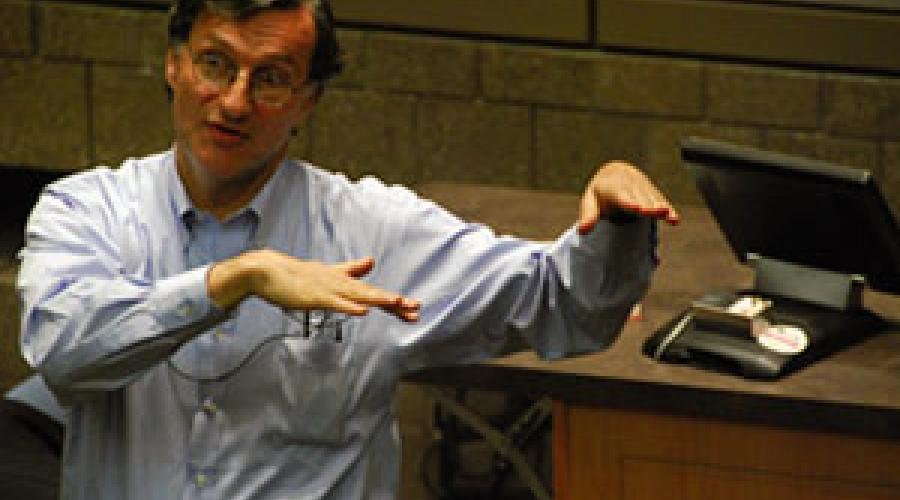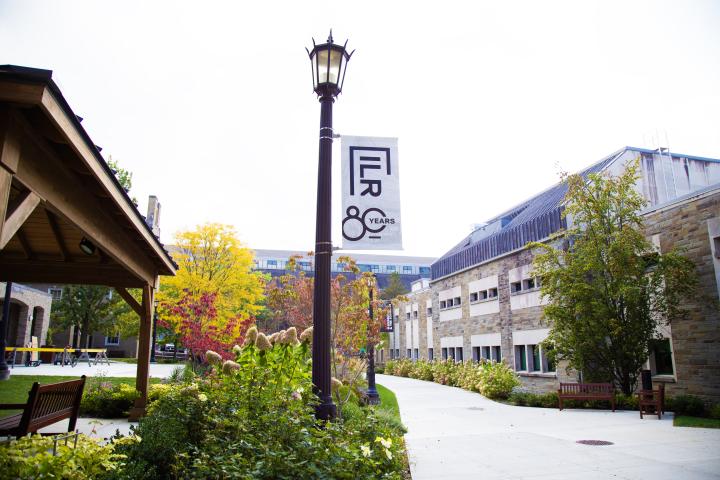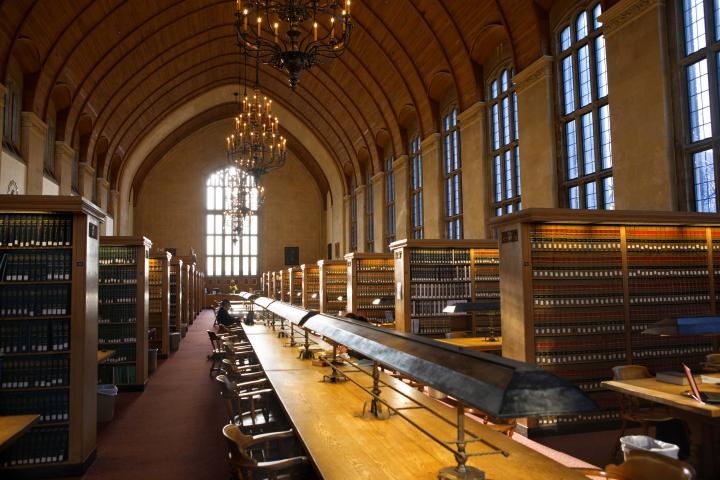
"The Big Squeeze"
Heard at ILR: If Barack Obama is elected president, there's a strong chance that the Employee Free Choice Act will become law in the first 100 days of his administration.
New York Times Workplace Correspondent Steven Greenhouse made that prediction when he spoke at ILR this fall. If Democrats win 60 seats in the Senate, he added, there’s an excellent chance the Employee Free Choice Act will be enacted.
The act would permit workers to unionize without a secret ballot election if more than half of the employees at a workplace sign union recognition cards. Obama is a co-sponsor of the act. John McCain opposes it.
Some supporters say the act would boost unionization and reduce employer intimidation during unionization drives. Some opponents say the act would make it easier for union organizers to intimidate workers.
As Nov. 4 nears, the Employee Free Choice Act has become one of many workplace issues receiving considerable scrutiny from the public and the media.
There are 145 million workers in the United States, many of whom are bearing the brunt of the negative trends Greenhouse said he began to notice after several years of covering labor and workplace issues.
"I was shocked so little attention was being paid to what was happening to the nation’s workers," he said.
That's why, Greenhouse said, he wrote "The Big Squeeze: Tough Times for the American Worker." Published in April, it examines many of the workplace issues that have become part of the election debate.
Flattened wages. Longer hours. Doubled health insurance costs. Families clinging to middle class lifestyles through credit cards and home equity loans.
"This house of debt has come tumbling down" in recent months, said Greenhouse, whose book cites ILR faculty including Rosemary Batt, Kate Bronfenbrenner, Gene Carroll, Lance Compa and Richard Hurd.
Unions, Greenhouse said, played a pivotal role in lifting millions of Americans into the middle class, but unions have been weakened by globalization, industry deregulation and other factors. Seven percent – or one-fourteenth – of the nation’s private-sector workers is unionized. Statistically, that’s the lowest in the United States since 1901-1902, he said, citing an article by Hurd.
Lack of unionization can exacerbate workers' problems and contribute to diminishing health and pension benefits, but also on-the-job injuries, some say.
"The Big Squeeze" includes a chapter about a plastics factory in Solvay, near Syracuse, where four workers suffered finger amputations during a 13-month period.
A combination of little or no training, a push for profits, safety discrepancies and other issues had resulted in dangerous working conditions, Greenhouse said. There was no union at the factory and efforts to organize met with intimidation and firings, he said.
"Some might find this place unbelievable," he said, referring to the amputations and workplace conditions which included egregious sexual discrimination and sexual harassment. The Solvay factory, Greenhouse said, is an example of how companies squeeze workers.
As the economy continues to sour, Greenhouse said, "More and more middle class workers will grow to learn it is believable."


